The hidden Jacobite past of a former hunting lodge in Callander
Jacobite Safehouse
The Roman Camp Hotel was built as a hunting lodge for the Drummonds, the Dukes of Perth in 1625. Like many Perthshire landowners, they were Jacobites who supported the reinstatement of the Stewart monarchy. Post Culloden, many of these landowners were part of a network that supported fugitive Jacobite soldiers hiding from government troops. The network included a series of safehouses of which the Duke’s hunting lodge in Callander was one. Safehouses were easy to identify as the exterior walls were painted pink – a secret sign to other Jacobites that they would be protected.

Hidden Chapel
There are other signs that the hunting lodge was a Jacobite refuge. One of these signs is that behind the dark-wood panelling of the library there is a secret stone chamber. This chamber was used as a chapel, allowing Jacobite Catholics to marry in their chosen faith away from the prying eyes of the authorities. The room is tiny, barely large enough for the priest, wedding couple and witnesses. A concealed door on the outside let into the woods.
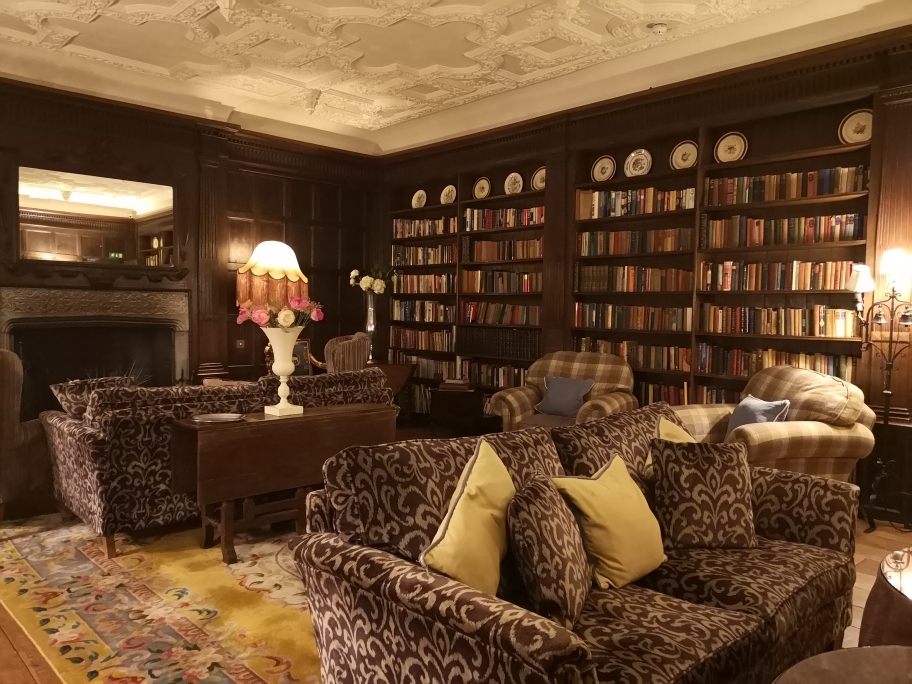
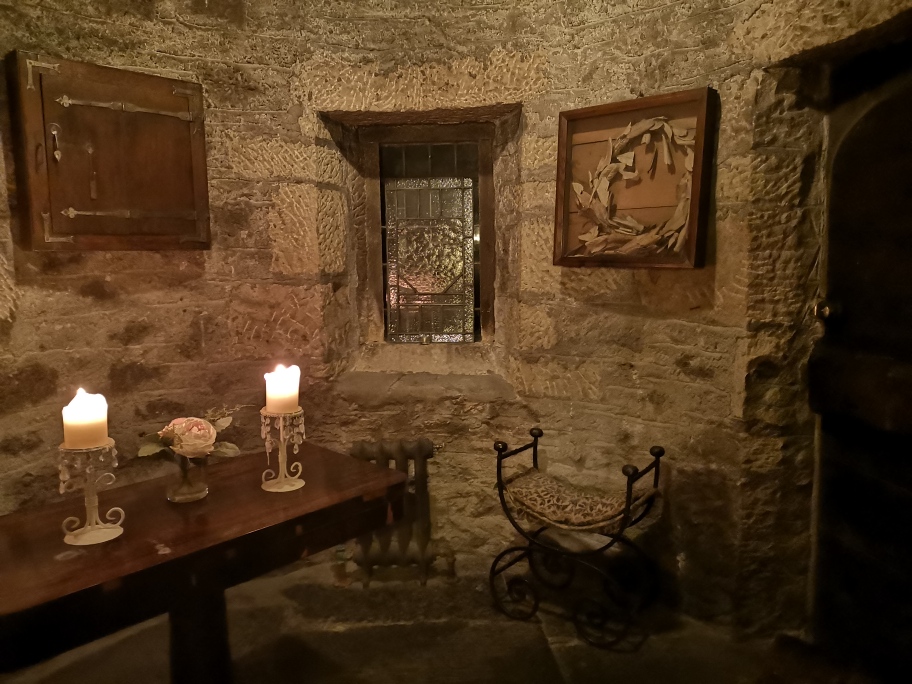
Jacobite escape tunnel
One last clue of the hunting lodge’s Jacobite past can be found inside a housekeeping cupboard. Here there is an entrance to a secret tunnel which ran under the grounds of the lodge. The tunnel would have allowed Jacobite fugitives to melt into the forest when government raiding parties came too close for comfort. Coincidentally, the Drummond motto above the door of this particular safehouse implores visitors to ‘Gang warily’ or ‘Go carefully’.
The grounds of the Jacobite safehouse
Jacobite activities of the Balquhidder Stewarts
The hunting lodge was not the only house in the Stirlingshire area where there were fervent Jacobite activities post-Culloden. The Balquhidder Stewart houses of Glassingall, Annat, Ballachallan and Glenbuckie are all within a days ride of the lodge. All of these Balquhidder Stewart residences were visited by first Alan Breck and then his foster-uncle, James Stewart of the Glen, in the weeks prior to the Appin murder. Both Glenbuckie and Annat were raided by government troops immediately after the murder. All were cited as defence witnesses at the trial of James Stewart of the Glen. It was clear from the trial that the government believed that Alan Breck Stewart and James Stewart of the Glen were planning another Jacobite uprising. If this was the case, the Balquhidder Stewarts must surely have been at the heart of it.
The Jacobite activities in Balquhidder peaked the interest of two Lowland visitors to the Stirlingshire area – first Sir Walter Scott and then 100-years later Robert Louis Stevenson. Some of the local traditions of the area have been immortalised by these two literary giants.

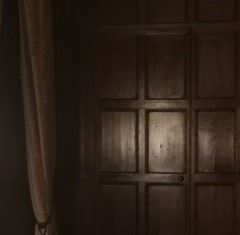
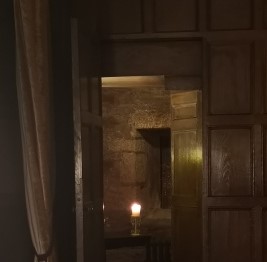
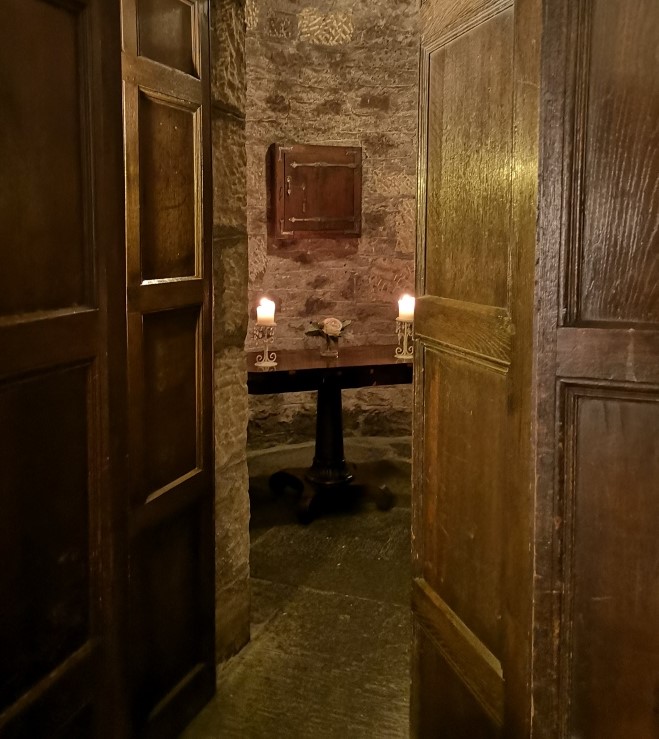
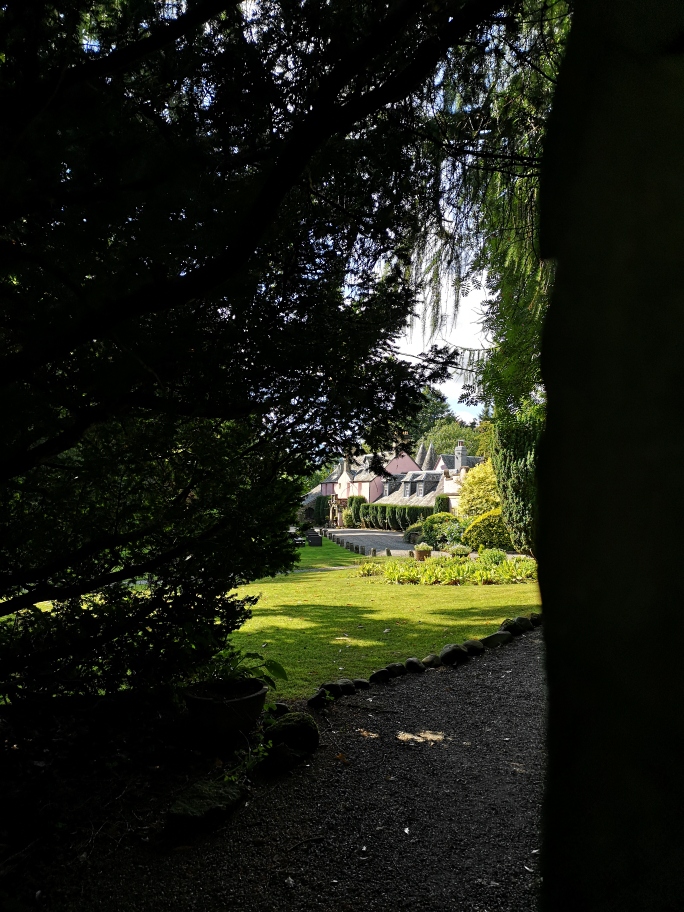
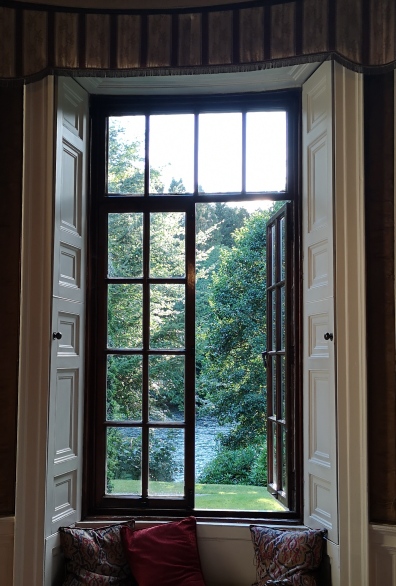
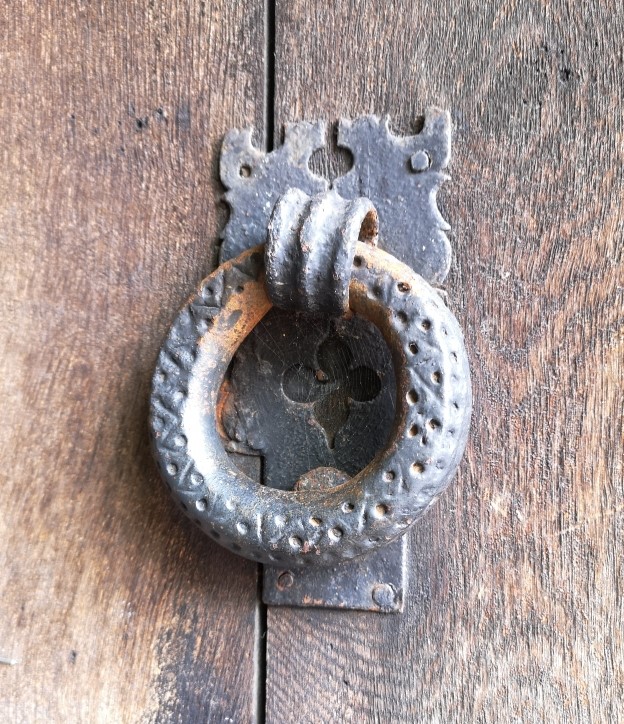
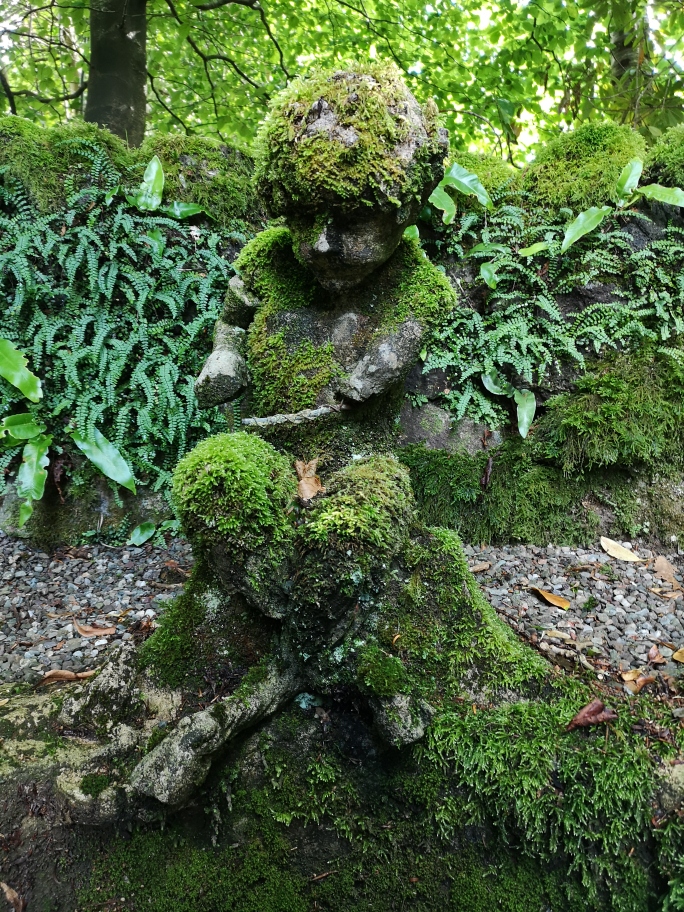
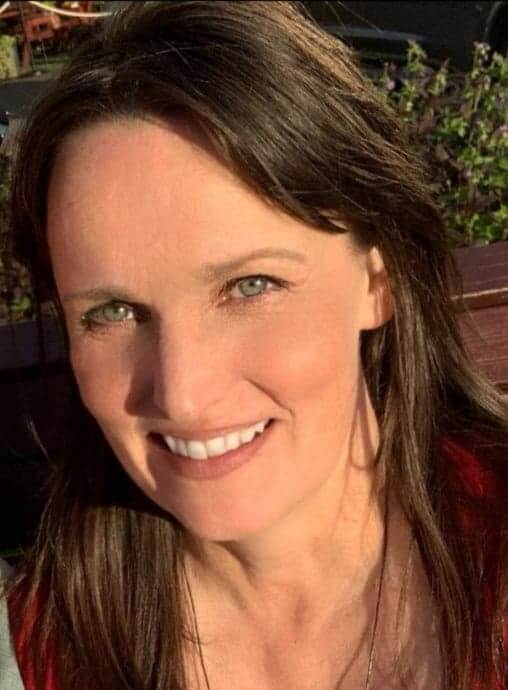
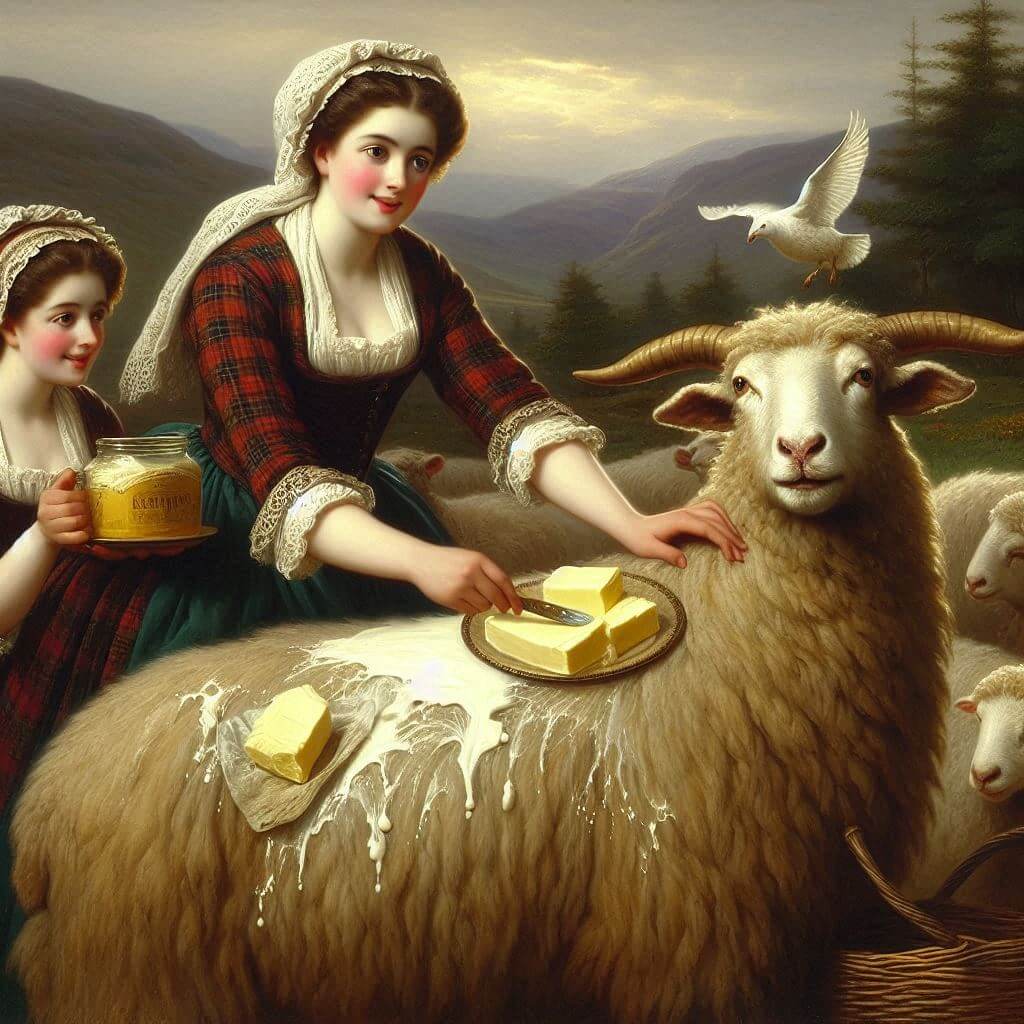
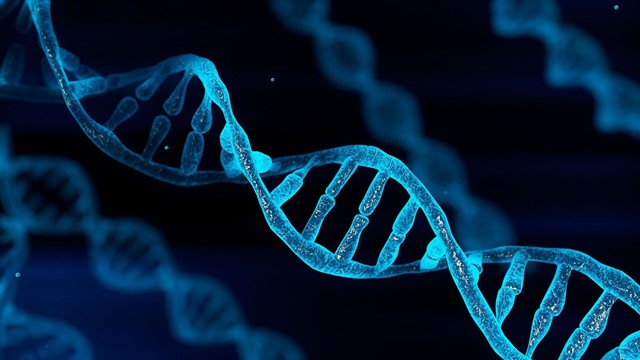

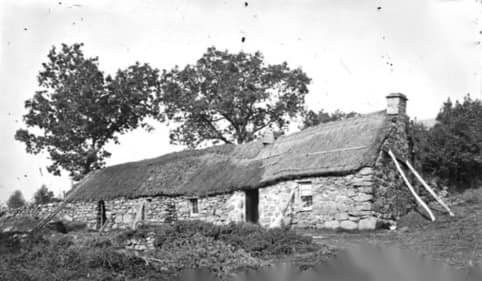
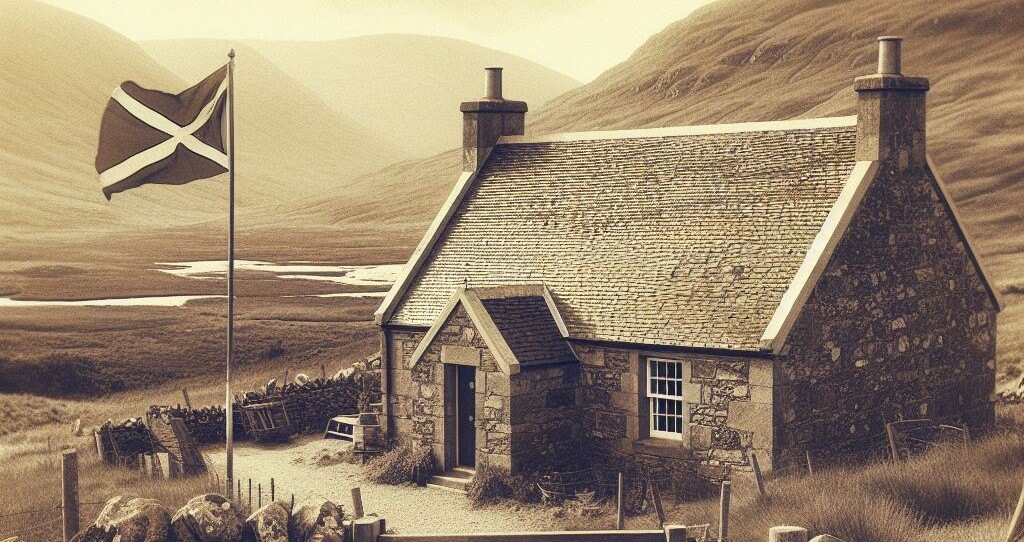
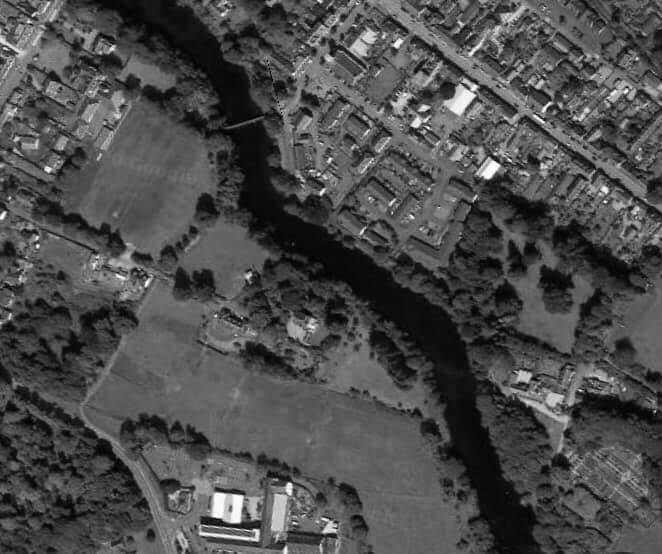
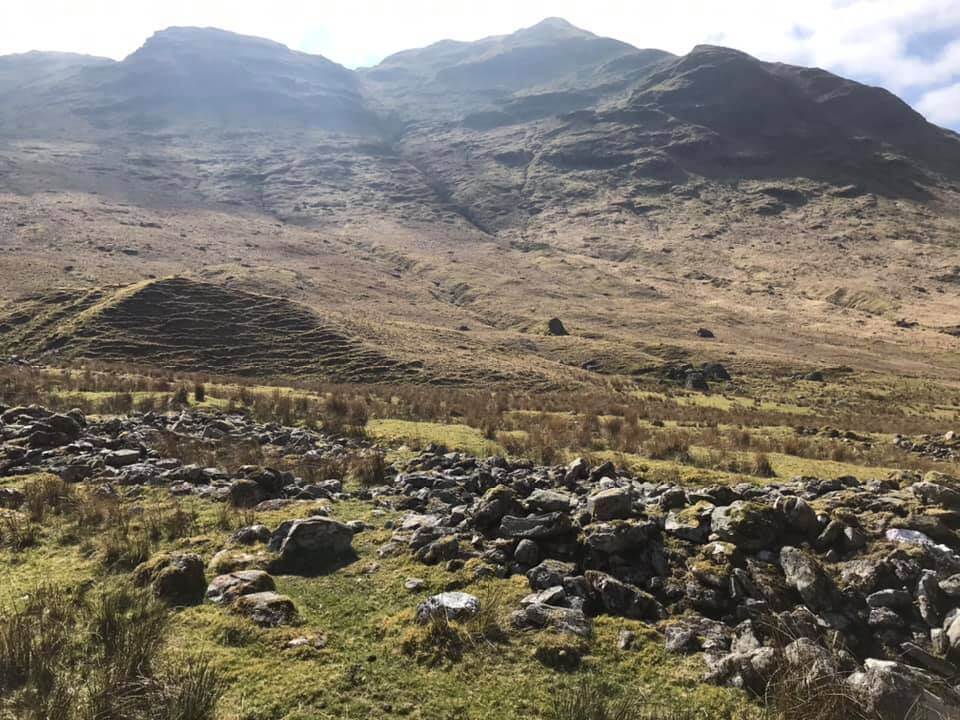
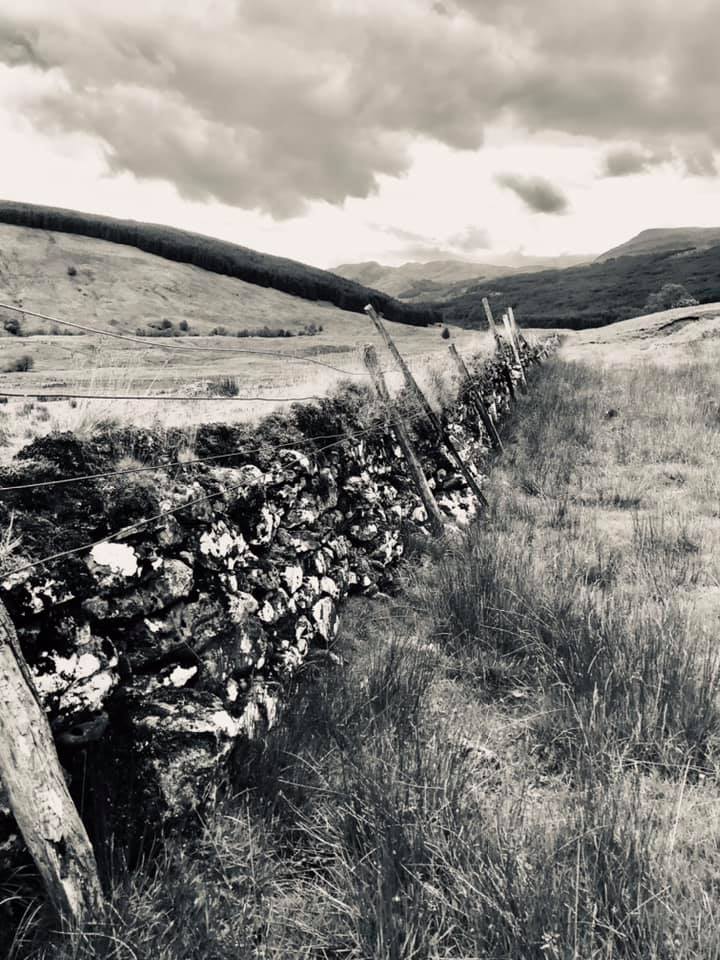
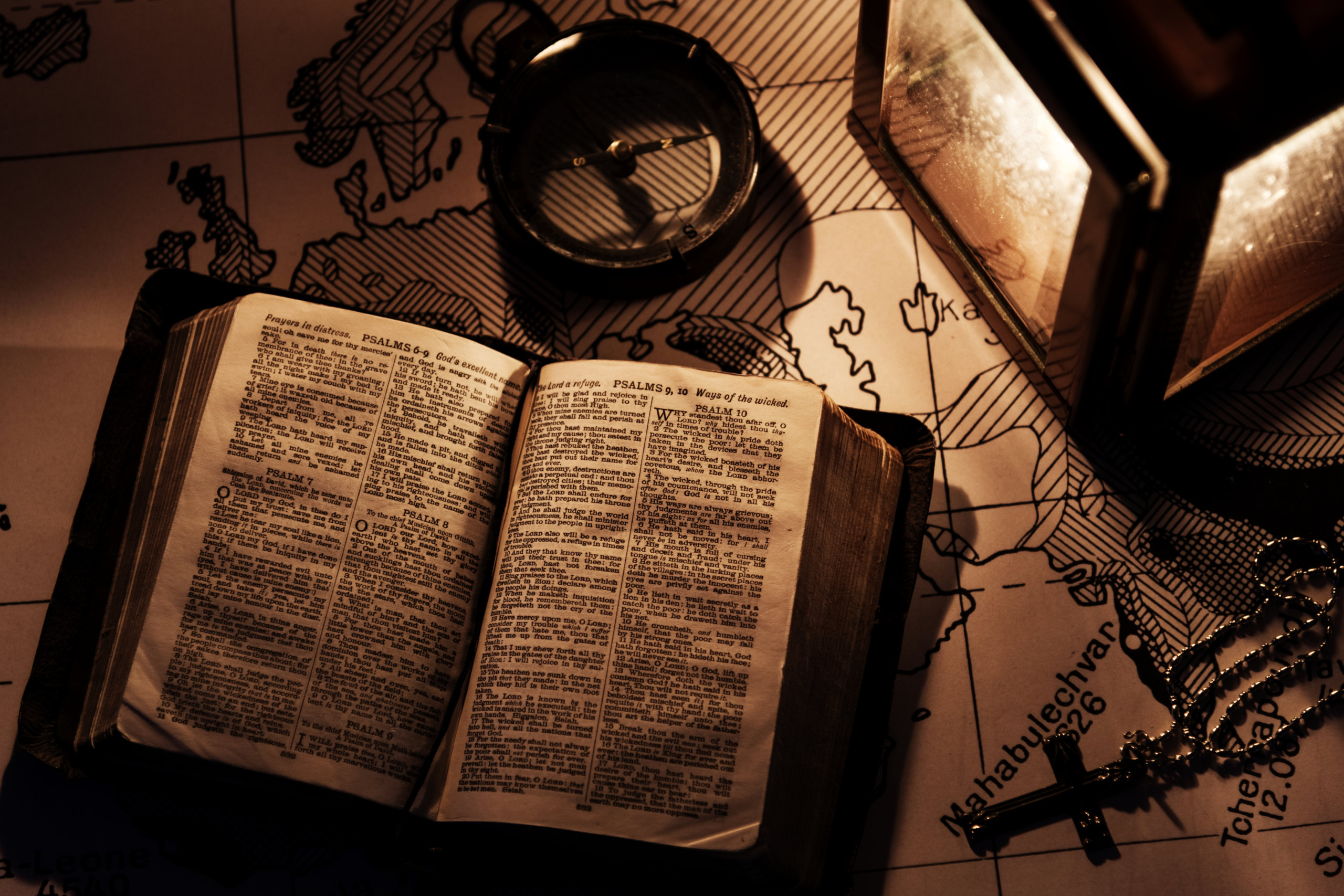
0 Comments